Surprising World of Gyaru: How Young Japanese Women Flipped Japanese Beauty Standards Upside Down
Gyaru: Where did the Revolution of Young Japanese Begin?

The origins of the Gyaru subculture trace back to the 1990s when young Japanese girls began to modify their school uniforms by incorporating elements of Western fashion and styling. It was during this time that Yasumasa Yonehara, one of the first to notice this fashion subculture, expressed astonishment with the words: "Gyaru literally appeared out of nowhere". This era in Japan was a time of profound socio-economic changes, and the Gyaru culture became one of the most visible manifestations of these shifts, especially in the context of youth expressing their independence and unconventionality.

Beginnings and Evolution of the Subculture

Before the emergence of Kogyaru, youth subcultures in Japan had already existed in the form of chiima, also known as "teamers". Chiima, primarily from wealthy families, were notorious for throwing lavish parties and squandering money. Kogyaru were often associated with chiima, either being their partners or part of the same social circles. These relationships were among the first reasons Kogyaru garnered societal attention.

However, it wasn't just the uniform alterations that became a source of controversy. By mid-90s, media began portraying Kogyaru in a sexualized manner, framing young girls as objects of desire for older men. Tabloids, such as the Japanese shūkanshi, associated Kogyaru with underage prostitution, known in Japan as 'enjo kosai', even though the majority of Kogyaru were not involved.
These controversies shaped Kogyaru's image in society and were one of the factors that led to the further evolution of the Gyaru subculture, giving rise to ganguro – a more extreme version of Kogyaru that aimed to break free from the stereotypes imposed by society.
Ganguro: Answering the Stereotypes

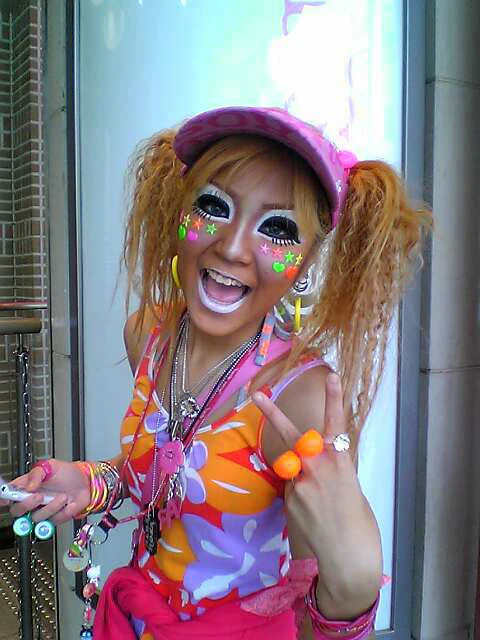
Ganguro brought noticeable styling changes. The most distinct feature was the dark tan, contrasting the traditional Japanese ideal of pale, flawless skin. Furthermore,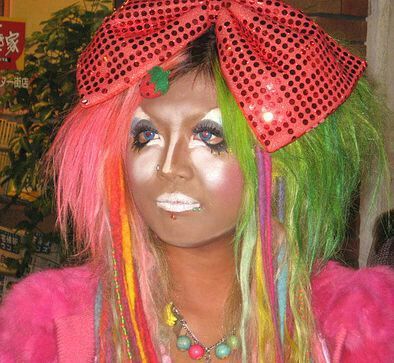
Gyaru - who are they?
Gyaru is often associated with the younger generation of Japanese women. Most members of this subculture are women aged from late teens to early thirties. In the 1990s, when the Gyaru culture was gaining popularity, the age group of 15-25 dominated. An estimated 60% of Gyaru are women aged 18-25, while 30% are under 18, and the rest are over 25.
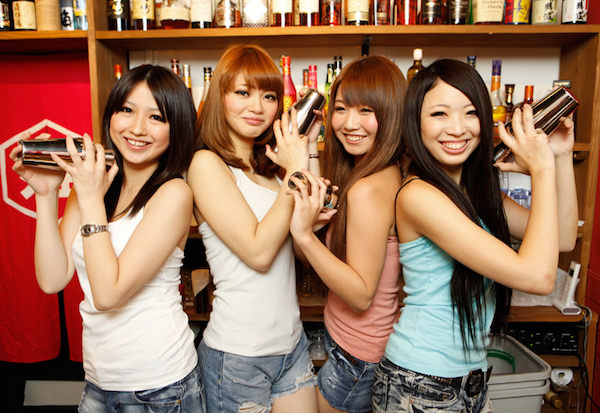
Most Gyaru work in places that allow them to express their individuality, like street fashion stores in districts like Shibuya in Tokyo. Other popular professions among Gyaru include jobs in beauty salons, hostess bars, or nightclubs. It's estimated that about 50% of Gyaru earn from the fashion industry, 20% from the beauty industry, and the remaining 30% from various sectors, including entertainment.
Gyaru Characters on Japanese Screens

"GAL" (2012) directed by Junichi Mimura: This movie tells the story of a young girl named Rika who aspires to become a Gyaru. Throughout the film, we follow her evolution and adaptation to the Gyaru subculture. Attracted by the glitz and glam of the Gyaru style, Rika eventually discovers that being part of this subculture means more than just external appearances. The film emphasizes both the superficial and deeper aspects of being a Gyaru in Japan.
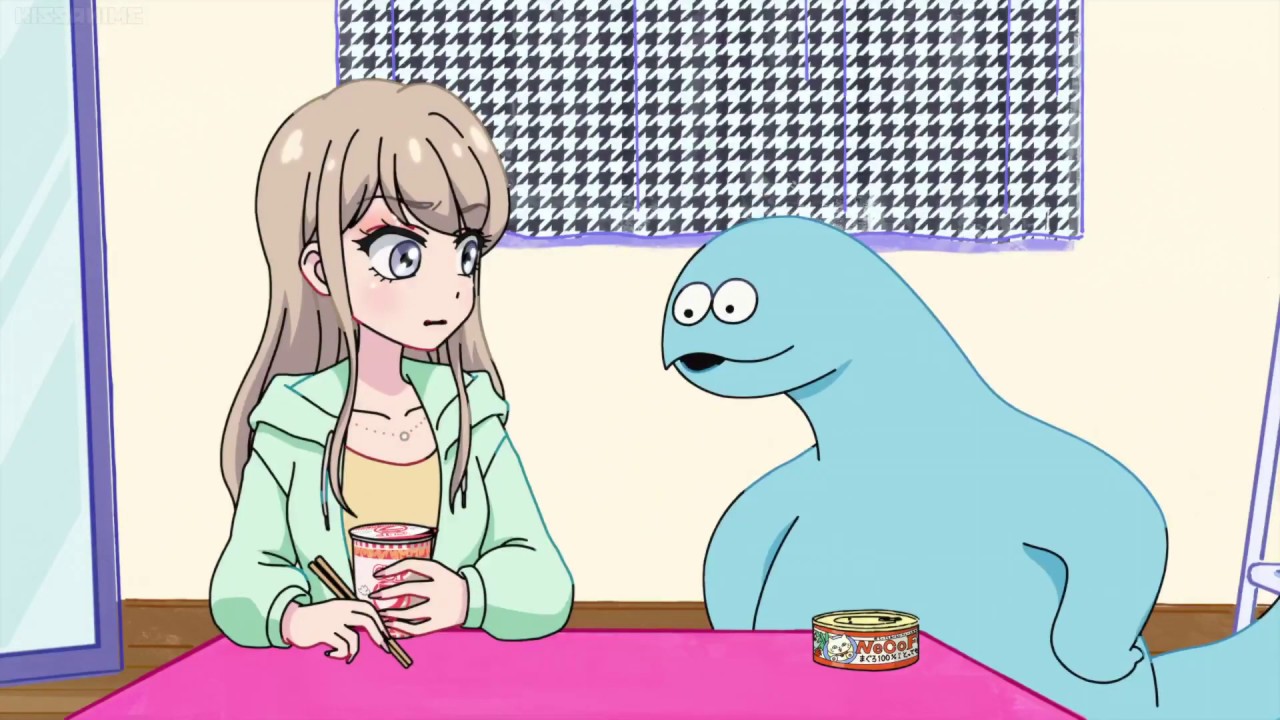
"My First Girlfriend is a Gal" ("Hajimete no Gal", 2017): This anime tells the story of a high schooler starting to date a girl named Yukana, portrayed as a typical Gyaru. Throughout the series, we see the main character's evolving perception of Gyaru, realizing Yukana is a much more complex character than he initially thought.
"Super GALS!" ("GALS!", 2001-2002): This anime focuses on the life of Ran Kotobuki, a girl known as the top Gyaru in Shibuya. The series displays her daily life, friendships, relationships, and adventures with other Gyaru. Ran is a strong, independent girl valuing friendship above all and frequently battles injustice in her surroundings.

Diversity in the World of Gyaru: From Ganguro to Hime Gyaru
Varieties of Gyaru: The Gyaru culture in Japan, though known for its distinct appearance and lifestyle, is not monolithic. Its diversity reflects the wealth of creativity and individualism of the youth who adjust and reinterpret fashion trends according to their own tastes. The emergence of various Gyaru types is closely related to the dynamically changing landscape of pop culture and a youth community constantly seeking new ways of self-expression. Below is just a handful among a sea of variations and subtypes:
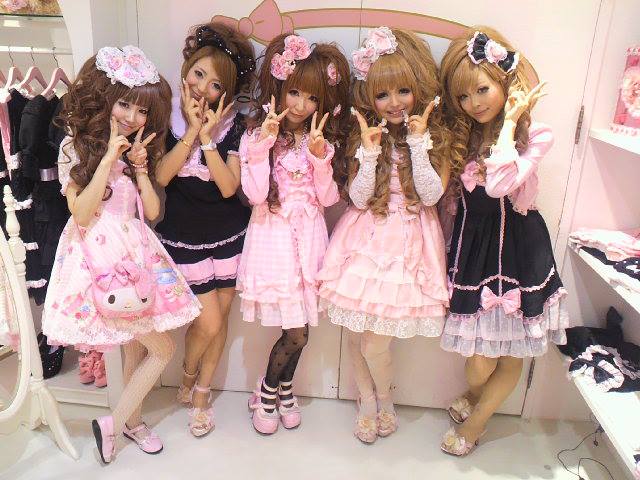
Hime Gyaru (Princess Gyaru): This style is the complete opposite of Ganguro. Hime Gyaru is inspired by Western princess imagery: laces, tulle, roses, and crowns. Those adopting this style often wear light, pastel colors, and their makeup is soft and girly.
Kuro Gyaru (Black Gyaru): This style is dominated by dark complexion but, unlike Ganguro, the makeup is more subdued. Kuro Gyaru often wear darker clothing colors and more natural makeup, always with an extravagant twist.

Agejo: Agejo is a style that is very feminine and seductive. It is inspired by fashion from adult women's magazines and is popular among hostess club workers. It features lacy clothing, high heels, and rich makeup. It's a very feminine style, emphasizing both innocence and sex appeal at the same time.
In the Gyaru world, evolution and adaptation are key. The variety of types testifies to how deeply rooted values of individualism and expression are in this subculture. Each style, though different, is a testament to the creativity and bravery of young Japanese women to experiment with their appearance in a society that often values conformity.
Evolution and Continuity of Gyaru Culture
Over the years, Gyaru culture has evolved, adapting to changing trends and social moods. What began as a rebellion against traditional beauty standards quickly became a significant part of Japanese youth culture. Over time, the Gyaru style and appearance underwent many changes - from the extravagant Ganguro to more subdued types like Hime Gyaru or Agejo. Still, the spirit of resistance and individualism remained unchanged in this subculture.
Like many subcultures, Gyaru also became a target for commercialization. With growing popularity, fashion companies began creating products specifically for Gyaru, and magazines like "Egg" aimed at this group were established. On one hand, commercialization brought broader recognition and availability of products tailored to their style. On the other hand, some argued that it led to the loss of the original spirit of rebellion and individualism, replacing it with consumerism.
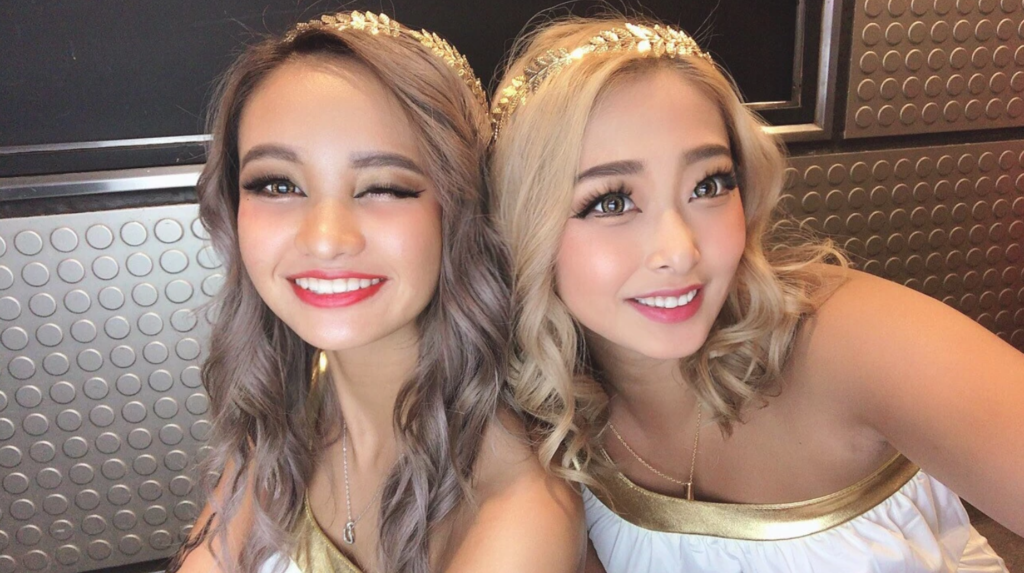
Gyaru-o: The Male Interpretation of Gyaru Subculture
Although Gyaru culture is mainly associated with young Japanese women, over time, men also started adopting this subculture, creating their version known as Gyaru-o (literally "male Gyaru"). Gyaru-o, like their female counterparts, symbolized rebellion against traditional social norms. They first appeared in the 1990s, parallel to the growing popularity of Gyaru among women.

Just like their female counterparts, Gyaru-o often hang out in special cafes, clubs, and shopping centers catering to the Gyaru subculture. They are also active on social media, sharing their style and experiences. Although they are fewer in number than Gyaru, they play a vital role in the community, contributing to its diversity and ongoing evolution.
Beyond the Surface: Deeper Aspects of Gyaru
The Gyaru subculture is a fascinating example of how younger generations use fashion and style to express their discontent with imposed norms and values. While Gyaru may seem like just an extravagant fashion trend at first glance, it is a movement deeply rooted in the pursuit of individualism, freedom of choice, and acceptance of diversity.
As time went on, Gyaru evolved, adapting to the changing social and cultural realities of Japan. Their presence and impact on Japanese pop culture, from fashion to film and anime, prove they are more than just a fleeting fashion. Gyaru is a living testament that young generations can create, transform, and sustain subcultures reflecting their values, desires, and aspirations.
"For me, being Gyaru isn't just about dressing a certain way. It's a conscious choice of freedom, being oneself, and rejecting what society deems 'normal'." – Rina Tanaka, activist and member of the Gyaru community.
"Strong Japanese Women"
see book by the author
of the page
未開 ソビエライ
An enthusiast of Asian culture with a deep appreciation for the diverse philosophies of the world. By education, a psychologist and philologist specializing in Korean studies. At heart, a programmer (primarily for Android) and a passionate technology enthusiast, as well as a practitioner of Zen and mono no aware. In moments of tranquility, adheres to a disciplined lifestyle, firmly believing that perseverance, continuous personal growth, and dedication to one's passions are the wisest paths in life. Author of the book "Strong Women of Japan" (>>see more)
Personal motto:
"The most powerful force in the universe is compound interest." - Albert Einstein (probably)
Mike Soray
(aka Michał Sobieraj)
未開 ソビエライ
An enthusiast of Asian culture with a deep appreciation for the diverse philosophies of the world. By education, a psychologist and philologist specializing in Korean studies. At heart, a programmer (primarily for Android) and a passionate technology enthusiast, as well as a practitioner of Zen and mono no aware. In moments of tranquility, adheres to a disciplined lifestyle, firmly believing that perseverance, continuous personal growth, and dedication to one's passions are the wisest paths in life. Author of the book "Strong Women of Japan" (>>see more)
Personal motto:
"The most powerful force in the universe is compound interest." - Albert Einstein (probably)
Mike Soray
(aka Michał Sobieraj)
Write us...
Ciechanów, Polska
dr.imyon@gmail.com
___________________
inari.smart
Would you like to share your thoughts or feedback about our website or app? Leave us a message, and we’ll get back to you quickly. We value your perspective!



